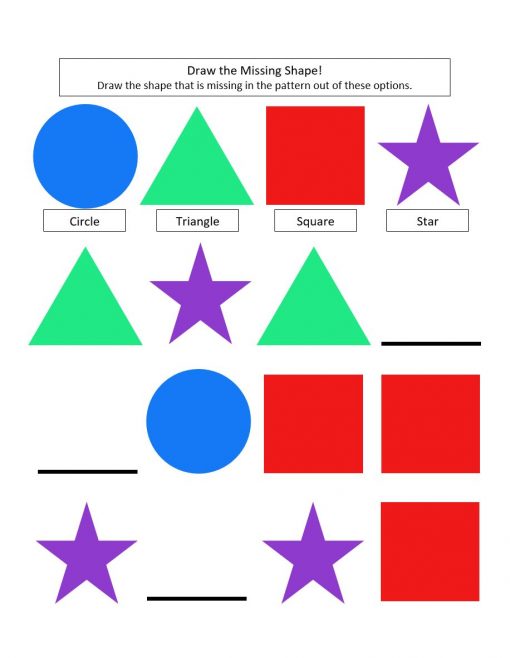 Maintaining accurate daily attendance is important and necessary to keep the children safe. The last thing that any parent wants to hear from a teacher is that “they do not” or “did not know” where their child was for any period throughout the day.
Maintaining accurate daily attendance is important and necessary to keep the children safe. The last thing that any parent wants to hear from a teacher is that “they do not” or “did not know” where their child was for any period throughout the day.
The teacher or assistant in each classroom should always know the correct number of children present in the classroom, at all times. The best way to ensure that the teacher and assistant know how many children are present in the classroom is to have an adult greet each child when they arrive and check them into the classroom. This is especially important when the class starts at a designated time and children arrive late, or the class is in a different location such as the gym or outside on the playground when a child arrives.
The same would apply when a child is picked-up from the classroom. A child should not be allowed to leave the classroom without an adult acknowledging that they are exiting and the child is checked out of the classroom. A name-to-face should be conducted regularly throughout the day to ensure that you have an accurate number of children in the classroom. A name-to- ace is when you look at the child’s face and acknowledge them on the daily attendance. Maintaining accurate attendance should not be the responsibility of one person if there are more caregivers working in the classroom. This is leaving room for an error to occur when the person responsible for maintaining attendance is absent from the classroom.
Maintaining accurate daily attendance is important especially in the event of an emergency. With accurate use of daily attendance, all children can be easily accounted for based on the attendance. This should have each child’s first and last names with their arrival and departure times. If electronic attendance is utilized, the center must plan for maintaining attendance if the system is not working or you are not able the retrieve the attendance.
One thing to remember is if a child’s attendance is called into question for any reason having accurate attendance will support if the child was at the center on the day in question or not.
If the caregivers are not maintaining accurate daily attendance and a child is left outside or in the classroom, they will not know this until they notice that the child is not present for some reason or if the parent arrives to pick the child up from the center. At that point, everyone, including the parents, realize that the child is missing and no one knows where the child is. This is a scary situation for the parents and the caregiver, a situation that neither party wants to be a part of. The parents are not happy of course because no one knows where their child is and the caregivers are upset because they just cannot believe that they don’t know where the child is. Recognize this situation can be eliminated completely by maintaining and monitoring regularly the daily attendance and by completing a name-to-face.
Maintaining accurate attendance in the classroom must be a priority for everyone caring for children to ensure the safety of the children.





